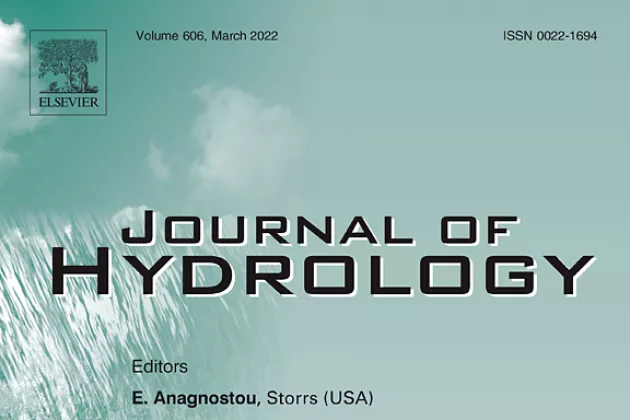In recent decades, population increase and urban development have led to catastrophic environmental consequences. One of the principal objectives to achieve “sustainable development” is to find suitable landfills. Due to their physical characteristics, which have led to a lack of landfill sites and closeness to water bodies, agricultural fields, and residential areas, the cities of Javanrood, Paveh, and Ravansar were chosen as the necessary research regions. On the other hand, these landfills are unable to accommodate the growing urban population. Therefore, this study attempts to develop a framework for spotting the most suitable sites for landfill construction with these three cities as case studies. For this, 10 important driving factors (9 factors and 1 constraint) in landfill site selection were generated. Second, for the fuzzy membership function, the analytic hierarchy process (AHP) method was employed for the standardization of criteria and determining the weight of the driving factors. Then, the Boolean, weighted linear combination (WLC) and ordered weighted average (OWA) methods were utilized to spot optimal sites for landfills. Finally, two suitable sites were found for landfills: site (a) was obtained from the WLC, and site (b) was obtained from OWA-low risk some trade-off (LRST) methods. Our results proved the high efficiency of multi-criteria decision-making methodology for landfill site selection.
Seyed Amir Naghibi's research profile





